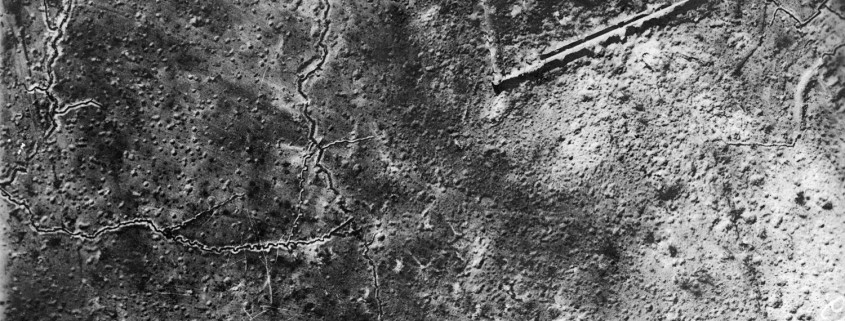Why did the battle occur?
The Battle of Verdun began on 21 February 1916 at 7.15 am when the German army began pounding the forts and trenches with artillery fire. 1,200 guns smashed the French positions. Erich Von Falkenhayn, Commander-in-Chief of the German army, wanted to put an end to the trench warfare that had begun in the autumn of 1914 and get his troops moving again.
The main phases in the battle
During the first few days, the Germans breached the French front lines and captured Fort Douaumont without a fight on 25 February 1916. The French High Command was anxious to retake the fort because of its dominant position high above the battlefield. Despite heavy shelling, the French infantrymen (known as “Poilus”) clung on to their positions and the Germans were unable to advance any further. General Pétain then took command of the troops. He was ordered to defend Verdun.
He increased the volume of traffic along the Bar-le-Duc to Verdun road, later known as the “Sacred Way”, the only route taking men and munitions up to the battlefield. In all, some 4,000 trucks, 2,000 cars, 800 ambulances, 200 buses and numerous vans passed along it.
From 6 March 1916, the Germans also attacked on the left bank of the River Meuse yet despite furious fighting on Le Mort-Homme in March and April they were unable to breach the French front line.
At the end of June, having taken Fort Vaux, they launched a massive attack which failed – but only just.
On 1 July, the British and French launched a major offensive on the Somme, relieving some of the pressure being put on the French troops by the Germans in Verdun.
The Germans tried to capture the town one last time, on 11 and 12 July, but they failed again.
In the autumn of 1916, the French counter-attacked. On 24 October 1916, they recaptured Fort Douaumont and, a few days later, they entered Fort Vaux. It was empty – the Germans had already left.
From 15 to 18 December, the French attacked again, retaking almost all the land they had lost since 21 February.
The 1916 battle ended after ten months of bitter fighting. There were more than 700,000 victims – 305,000 killed and missing and 400,000 wounded (approximately), with almost identical losses on both sides. Yet fighting continued around Verdun until 1918.
The symbolic effect of the Battle of Verdun
Almost three-quarters of the French army fought at Verdun in 1916. It was a Franco-German battle but it also involved colonial forces. The sheer scope and violence of the fighting here made it one of the major battles of the First World War.
In fact, in people’s minds, it came to symbolise the Great War, a culmination of battlefield brutality. It summed up every aspect of the Great War and turned Verdun into the most iconic of all places of remembrance.

















